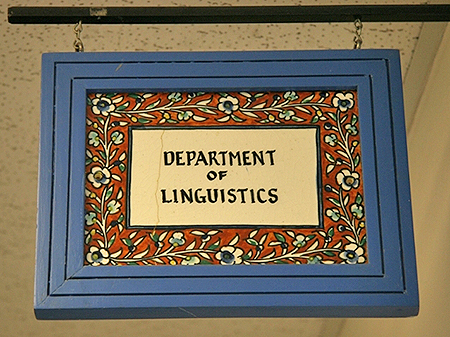
Linguistics ETDs
Publication Date
Spring 5-10-2019
Abstract
Many individuals who have experienced a stroke also experience persistent decrements in several domains, such as sensorimotor, language, and cognition. While rehabilitation for these deficits is helpful even decades after a stroke, there is limited information available to determine the most effective pairing of treatment with individual deficits. Further, despite decades of neuroimaging research, our understanding of optimal recovery patterns following stroke is relatively poor. In order to improve outcomes for individuals living with chronic deficits due to stroke, neurophysiological biomarkers corresponding to recovery patterns and treatment response are needed. Electroencephalography (EEG) holds great potential for identifying biomarkers as it directly measures brain activation, and is non-invasive, reliable, replicable, and portable. Further, almost all individuals post-stroke are able to tolerate EEG recording. In addition, different methods of analyzing EEG data allow multiple information streams to be gleaned from a single dataset.
In this study, 27 persons with chronic stroke (PWCS) and 27 neurologically healthy controls completed speech, language, cognitive, and sensorimotor behavioral assessments. Participants also completed two EEG sessions approximately one month apart which included recording of brain activity at rest and during language, cognitive, and motor tasks. Spectral EEG and event-related potential (ERP) analyses revealed significant differences between neurologically healthy controls and PWCS both at rest and during an auditory oddball task. Test-retest reliability measured across a one-month interval varied by group, task, and electrode montages or regions of interest from poor to excellent. The spectral EEG analysis showed changes previously reported during the acute and sub-acute phase of recovery persist into the chronic phase. ERP analysis demonstrated that individuals with a wide range of post-stroke deficits perform significantly differently during a cognitive task. However, no statistically significant differences were observed between healthy controls and this mixed group during language tasks. Finally, reliability findings indicate some tasks and measures may be appropriate for use in determining treatment response. These results provide support for the use of EEG as a biomarker in the chronic phase in a general stroke population. Future research should investigate the utility of EEG in specific subgroups of persons with chronic stroke.
Language
English
Keywords
Stroke, EEG, Spectral EEG, ERP
Document Type
Dissertation
Degree Name
Linguistics
Level of Degree
Doctoral
Department Name
Department of Linguistics
First Committee Member (Chair)
Holly Jacobson
Second Committee Member
Richard Arenas
Third Committee Member
Jill Morford
Fourth Committee Member
Jessica Richardson
Recommended Citation
Dalton, Sarah G.. "Using Electrophysiology to Investigate Changes in Brain Activation in Individuals with Chronic Stroke." (2019). https://digitalrepository.unm.edu/ling_etds/63


